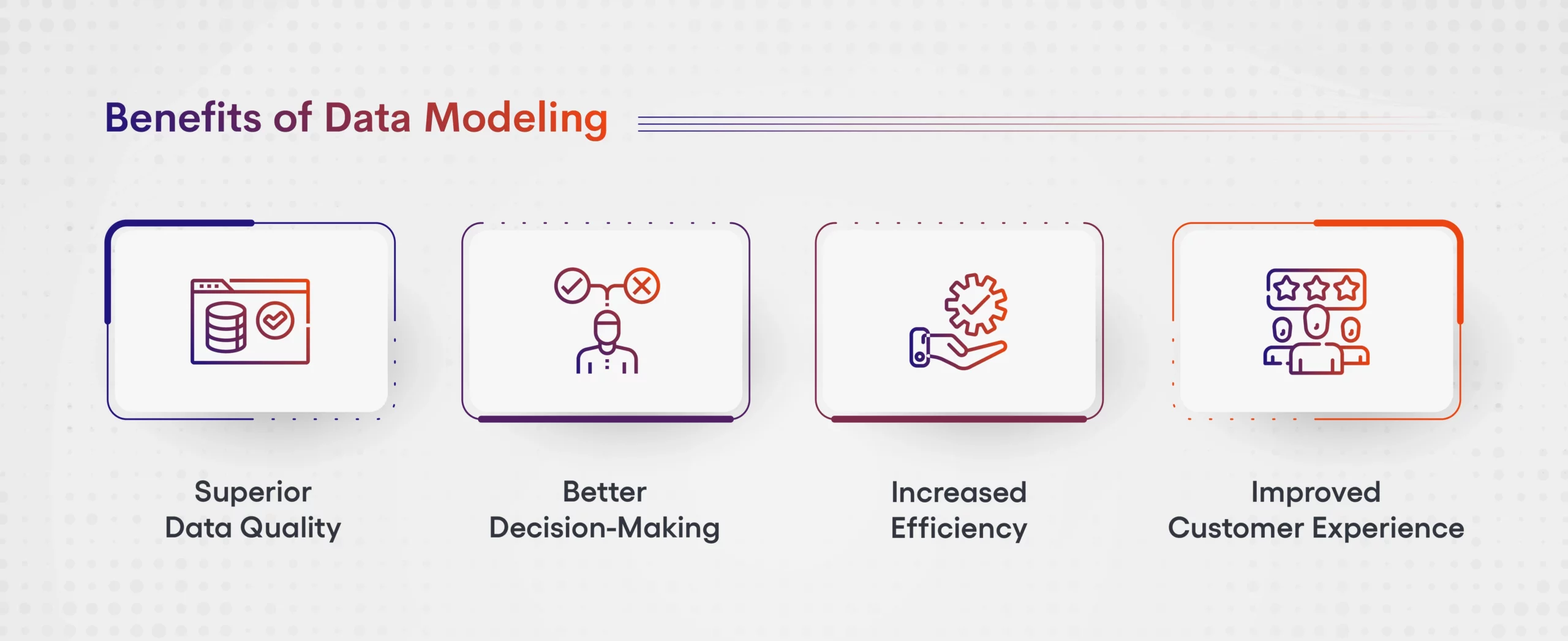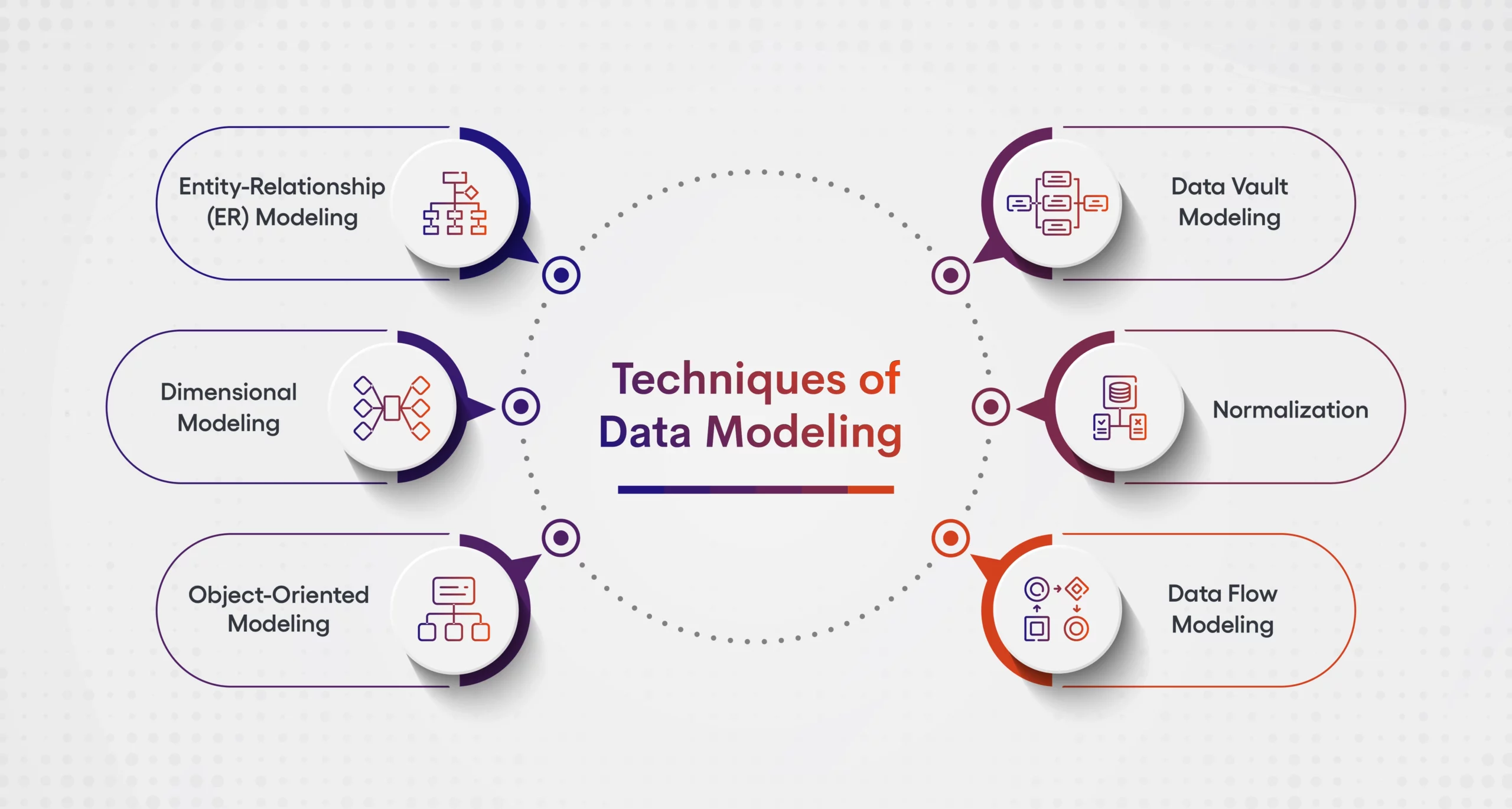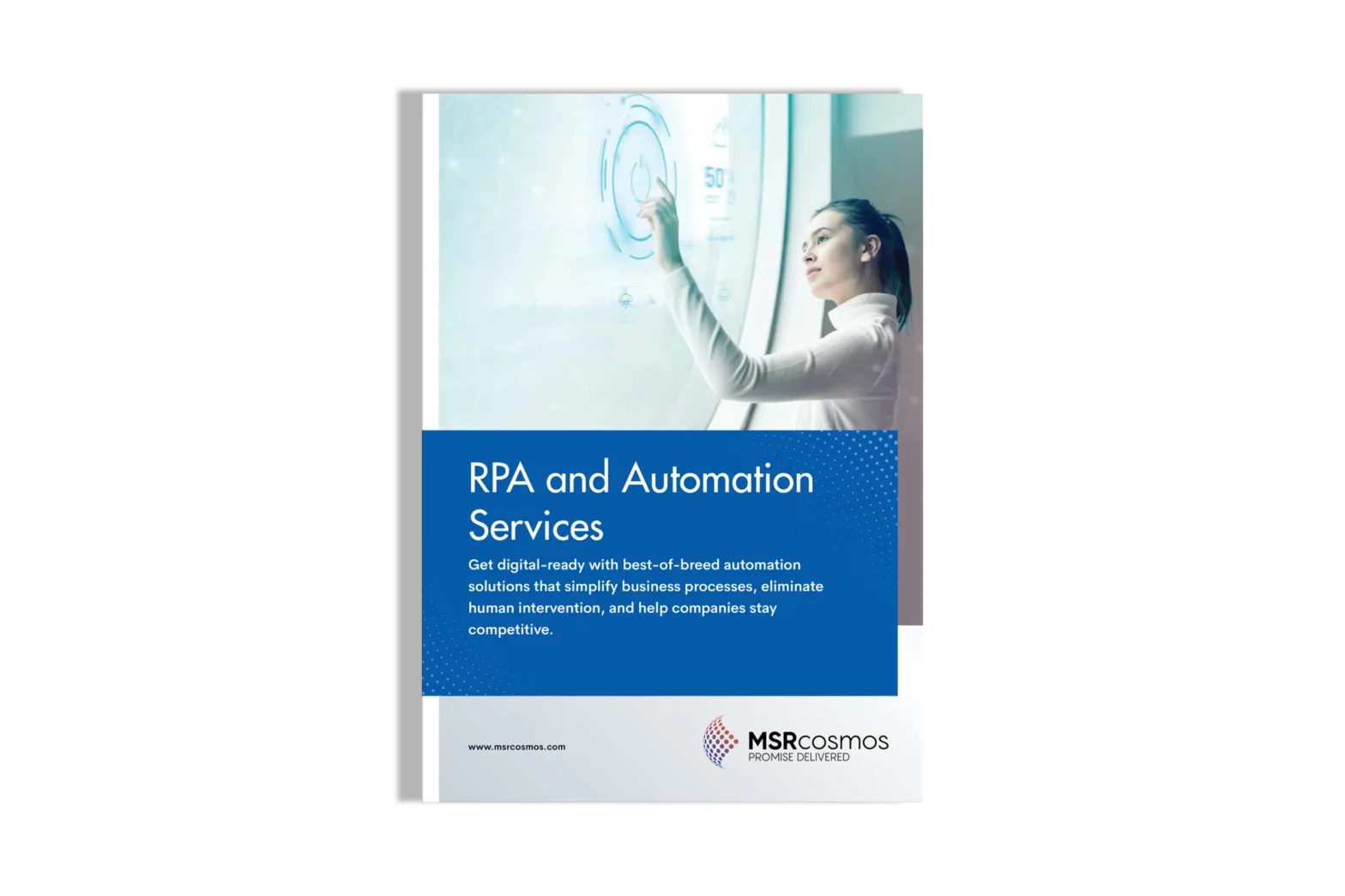- Data & AI
- May 17, 2023
The Ultimate Guide to Data Modeling: Best Practices and Techniques

- Data & AI
- May 17, 2023
The Ultimate Guide to Data Modeling: Best Practices and Techniques
As the volume and complexity of data continue to grow, organizations are recognizing the importance of effective data management. Data modeling is an essential tool for structuring and organizing data in a way that supports business goals and objectives.
In this blog article, we explore the fundamental concepts of data modeling and its role in modernizing and visualizing data. We cover the benefits of effective data modeling, share best practices, and offer insights into creating a successful data model. Whether you are a seasoned data professional or just starting your journey in data management, this article provides valuable information to help you unlock the full potential of your data.
What is Data Modeling?
Data modeling is the process of defining and organizing data elements to create a logical structure that supports the organization’s goals and objectives. Data modeling involves identifying the entities, attributes, and relationships that are relevant to the business requirements and representing them in a way that is easy to understand and use.
Is Data Modeling a critical part of data modernization?
Yes, data modeling is a critical part of data modernization. Data modernization involves upgrading an organization’s legacy systems and data infrastructure to a more modern, agile, and scalable platform. Data modeling plays a crucial role in data modernization by helping organizations to better understand their data and how it can be used to support their business goals. By creating a comprehensive and accurate data model, organizations can identify areas for improvement and develop a roadmap for modernizing their data infrastructure.
How does Data Modeling help in data visualization?
Data modeling plays a critical role in data visualization by providing a structured and organized view of the data which is essential for effective data visualization. A well-designed data model can help to identify the key data elements, relationships, and attributes that are relevant to the business requirements, making it easier to visualize the data in a meaningful way. In a nutshell, by investing in data modeling and effective data management, organizations can improve the accuracy, reliability, and effectiveness of their data visualization efforts.
Benefits of Data Modeling

Effective data modeling has several benefits for organizations, including:
- Superior data quality: Data modeling helps to ensure that data is accurate, complete, and consistent across the organization.
- Better decision-making: A well-designed data model provides a clear and organized view of the data, making it easier for decision-makers to analyze and interpret the data.
- Increased efficiency: A standardized data model helps to streamline data integration and reduce redundancy, resulting in more efficient operations and reduced costs.
- Improved customer experience: By providing a comprehensive and accurate view of customer data, data modeling helps to improve the customer experience by providing personalized and targeted services.
Best Practices for Data Modeling
To create a successful data model, organizations should follow these best practices:
- Start with business requirements: Before initiating the data modeling process, it is essential to comprehend the business requirements and data needs of the organization. This involves identifying the stakeholders, business processes, and data elements that need to be represented in the data model. A clear understanding of the business requirements can help in designing an effective and relevant data model that meets the organization’s needs. This also enables stakeholders to participate in the data modeling process and provide feedback and insights, ensuring that the data model aligns with the organization’s overall objectives and goals.
- Spotting entities: Spotting the key entities (objects or concepts) that are relevant to the business requirements. This involves identifying the key business entities and how they relate to each other.
- Describe attributes: Defining and describing the attributes or properties of each entity. This involves identifying and documenting the specific data elements that need to be stored for each entity, such as name, description, date, and other relevant information. The attributes should be clear, concise, and consistent, to ensure accurate data representation in the data model.
- Determine relationships: Determine the relationships between the identified entities. This involves identifying the ways in which entities are related to each other, such as one-to-one, one-to-many, or many-to-many relationships. By doing this, the data model can capture the dependencies and interactions between the entities, providing a clear and organized view of the data.
- Create a conceptual data model: Create a conceptual data model that shows the entities and relationships between them. This is a high-level view of the data model that provides a conceptual understanding of the data.
- Build a logical data model: Build a logical data model that provides a more detailed view of the data model. This involves determining the data types, primary keys, and foreign keys for each entity.
- Build a physical data model: Build a physical data model that represents how the data will be stored in a database. This involves defining the tables, columns, indexes, and constraints for each entity.
- Data Model Validation: To ensure the accuracy and effectiveness of the data model, it’s important to thoroughly test it against the business requirements and obtain endorsement from key stakeholders. This can be achieved by conducting comprehensive testing and validation of the data model, and seeking feedback from stakeholders to ensure that it meets their needs and expectations. By following this process, organizations can ensure that their data model is well-designed, reliable, and able to support their data-driven decision-making efforts.
Techniques of Data Modeling

Data Modeling has several techniques, each with its own strengths and weaknesses. Here are some of the most common techniques:
- Entity-Relationship (ER) Modeling: This technique is used to represent the relationships between different entities in a system. ER modeling typically involves creating a diagram that shows the relationships between entities, as well as their attributes and keys.
- Dimensional Modeling: This technique is used to model data for data warehousing and business intelligence purposes. It involves organizing data into dimensional structures, such as star schemas or snowflake schemas, that can be easily queried and analyzed.
- Object-Oriented Modeling: This technique is used to model data in object-oriented programming languages. It involves creating classes and objects that represent the data and its relationships.
- Data Vault Modeling: This technique is used to model data for enterprise data warehouses. It involves creating a flexible and scalable data model that can handle large amounts of data and changing business requirements.
- Normalization: This technique is used to eliminate data redundancies and improve data integrity by breaking down data into smaller, more manageable tables. Normalization involves following a set of rules, known as normal forms, to ensure that the data is properly structured.
- Data Flow Modeling: This technique is used to model the flow of data through a system. It involves creating a diagram that shows how data moves through different processes, systems, and entities.
Each of these techniques has its own strengths and weaknesses, and the choice of technique depends on the specific requirements of the project. Effective data modeling often involves combining different techniques to create a comprehensive and flexible data model that can meet the needs of the business.
In Conclusion
Data modeling is a critical part of effective data management and is essential for organizations that want to leverage their data to support their business goals and objectives. By following best practices for data modeling, organizations can create a structured and organized approach to data management, resulting in improved data quality, better decision-making, increased efficiency, and improved customer experience.
As organizations continue to adopt digital transformation strategies, the importance of effective data modeling will only continue to grow. By investing in data modeling and effective data management, organizations can position themselves for success in today’s data-driven business environment.




